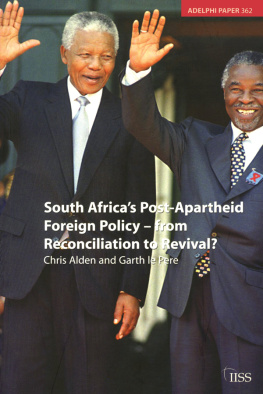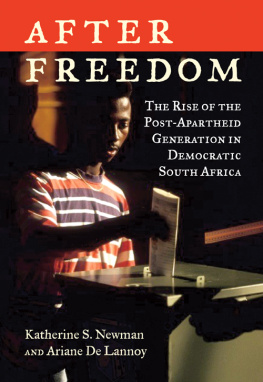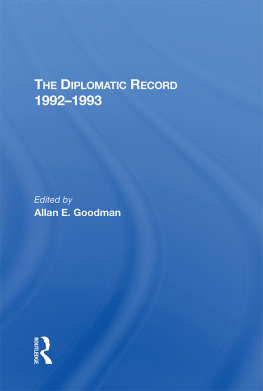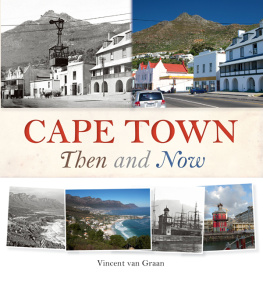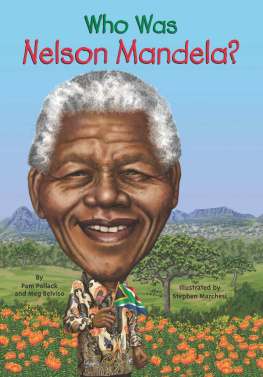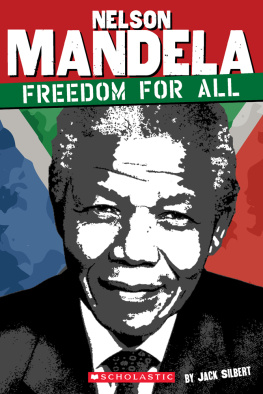NO ORDINARY LIFE
Awakenings in the Final Days of Apartheid
Mary Ann Byron
with Lori Windsor Mohr
Copyright Information
Copyright 2018 Mary Ann Byron.
All rights reserved. Except as permitted under the U.S. Copyright Act of 1976 and all subsequent amendments. No part of this publication may be reproduced, distributed, or transmitted in any form or by any means, or stored in a database or retrieval system, without the prior written permission of the author.
Cover Design by Mountain High Publishing
Cover Photography by Barichivich Vitoria
Interior Photography provided by Mary Ann Byron
Published by Mountain High Publishing
www.MountainHighPublishing.com
For Patrick, to whom I am enormously grateful for our adventure in South Africa, its incomparable land, wildlife and people. Your loving support and encouragement in my telling this story is a gift.
Table of Contents
Foreword
In writing a memoir, the inevitable question arises about how much of the story actually happened and how much is purely imagined. It all happened. I met Mary five years ago, but she was not yet ready to tell her story to the world. When her husband Patrick retired from the State Department as a special agent in diplomatic security, she was free to share that part of her life.
Over the last two years, Mary and I have collaborated by way of personal visits, tape recordings, phone conversations and email. Those conversations, along with her written journals, allowed me to recreate her experience in this memoir. The scenes and conversations are drawn from real events. The history is factually accurate.
But journals by nature are self-censored at the time of writing. The emotional truths can only be found between the lines. The South Africa assignment generated by Patricks job would seem to make him the key person, but this is very much Marys narrative. While it is a story about their marriage, I wanted to explore Marys inner life for the emotional truths. In reading her journals, what I discovered was an intelligent and courageous woman whose resilience was borne of a deep, core strength. It had been there all along, but looking at ones life through someone elses eyes in storytelling reveals new layers. Sharing the personal aspects of her life in South Africa was not easy. Her willingness to do so reflects that courage and strength. Mary has spent a lifetime confiding in a handful of trusted girlfriends. In telling her story, she has elevated every reader to that status.
Marys inner journey is not an unfamiliar one, but where most women take decades to find their voice, Mary navigates the difficult terrain of early marriage in a foreign land without benefit of family and friends from home. The woman who emerges from that crucible is the Mary I know today. It is the events of that journey that make her life extraordinary, a story very much worth telling.
Lori Windsor Mohr
Arriving at each new city the traveler finds a past he did not know he hadthe foreignness of what you no longer are or no longer possess lies in wait for you to discover in foreign, unpossessed places.
~Italo Calvino, Invisible Cities
Prologue
For me that afternoon in August of 1992 was a beginning. I was stepping into a new world, a world I never knew existed. I was twenty-nine years old, newly married, and ready for something. I wasnt quite sure what. My memories of that time in South Africa remain vivid as the start of my awakening.
Two decades later I am still captivated by all that happened, with a deep yearning to recount it. The further away in time, the more precious, the more fragile those memories become. My experience in South Africa and the work in Foreign Service, the struggle to find my footing in a strange new land, the terrible violence, the stress on our marriage, the election of Nelson Mandela as president, all of ithas been sequestered from the life Ive lived since, tucked away as a separate reality. At midlife I feel driven to reconcile the two, and pay homage to forces that shaped me into the woman I am today.
As I look back on my marriage and the historical event in which we participated, I realize how much I have come to love the countryits people, their sorrows, their triumphs.
For I am part of South Africa. South Africa is a part of me.
One
My Side of the Mountain
August 1992
Patrick kissed me awake before our plane touched down in Johannesburg on a cloudless afternoon in August of 1992.
Youre going to love South Africa. I opened my eyes to kiss him back, then remembered we were no longer on our honeymoon. Just twelve hours earlier we had departed London after two weeks of romance traveling the British Isles. We could barely keep our hands off each other.
He handed me a glass of champagne, then put his face next to mine, squished against the window for my first view. The sky was a brilliant blue, the color of clean air and hope.
Didnt I tell you it was beautiful?
The perfect vacation destination, thats how Patrick had described South Africaa wildly diverse land with virgin beaches, majestic mountains, wide-open deserts and big game reserves. It was a world away from Minnesota, my world, where everything was whitethe landscape, the people, the customs, the attitudes.
One of eight children, I was raised by parents who wanted nothing more than to be together, to work hard and die of old age surrounded by those they loved.
I had a different plan.
Like millions of girls born during the 1970s Womens Movement, Mary Richards was my role model, the character played by Mary Tyler Moore in the sitcom bearing her name. Like Mary Richards, I would go to college, find a job in the city, and thrive as a single woman in a mans world with a Mr. Grant and Rhoda as surrogate family. I had created a facsimile of that life in Minneapolis having worked my way up to Director of Public Relations at a luxury hotel. Life was all about work, friends, boyfriends, fun. Politics was a distant bleep on the radar. South Africa meant Meryl Streep in Out of Africa . That was before I met Patrick.
When we landed in Johannesburg that afternoon, I knew as much about South Africa as most Americansthat it was a country torn apart by racial tension, unfathomable inequality between the races. Apartheid had been exposed as the brutal, racist brainchild of a white minority government desperate to stay in power. By the time we arrived, Nelson Mandela had been released from prison under the same international pressure that convinced President F.W. de Klerks white National Party to negotiate an end to the apartheid regime. The writing on the wallapartheid was unsustainable even through the use of brutal force. President de Klerk could either deal with anarchy at home or face global isolation.
The president and Nelson Mandela had already begun negotiations for a new governmentboth a president and new parliamentdetermined by vote in which all South Africans would have a say for the first time in three hundred years of white minority rule. But it wasnt just President de Klerk and Nelson Mandela at the negotiating table. Zulu Chief Buthelezi was a major player. Like Mandela, he wanted to end white rule. But Chief Buthelezi had no interest in a united, democratic South Africahe wanted his own sovereign nation in the Zulu homeland.
Change was in the air.
But change brought uncertainty fueled by fear, racist stereotyping on both sides. The entire world held its collective breath waiting for the country either to devolve into civil war or keep it together through the negotiation process long enough to get to a one-person-one-vote election. Patricks mission, our mission, was to protect the entire American community in the Western Cape Province during the transition to democracy.


